Clearcoating paint grade maple cabinets
bigdoglover
12 years ago
Featured Answer
Sort by:Oldest
Comments (6)
andersons21
12 years agoRelated Professionals
Deptford Painters · Coram Painters · Davie Painters · Louisville Painters · Newburyport Painters · San Pedro Painters · Aspen Hill Cabinets & Cabinetry · Hammond Cabinets & Cabinetry · Indian Creek Cabinets & Cabinetry · Wadsworth Cabinets & Cabinetry · Chula Vista Flooring Contractors · Leland Flooring Contractors · Reno Flooring Contractors · Snellville Flooring Contractors · Wheat Ridge Flooring Contractorssombreuil_mongrel
12 years agoandersons21
12 years agosombreuil_mongrel
12 years agokorney19
10 years ago
Related Stories
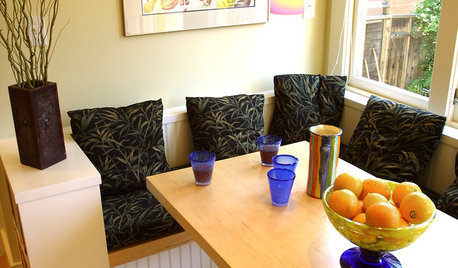
MATERIALSWoodipedia: Maple Is a Marvel Around the House
A heavy hardwood with lots of potential, maple appeals to modern sensibilities and won't break your budget
Full Story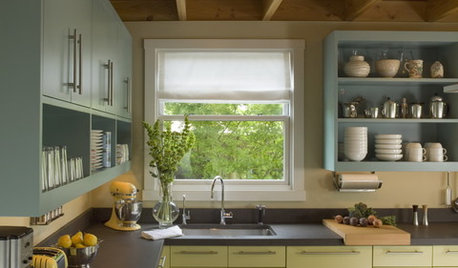
MOST POPULAR8 Great Kitchen Cabinet Color Palettes
Make your kitchen uniquely yours with painted cabinetry. Here's how (and what) to paint them
Full Story
KITCHEN CABINETSKitchen Cabinet Color: Should You Paint or Stain?
Learn about durability, looks, cost and more for wooden cabinet finishes to make the right choice for your kitchen
Full Story
MOST POPULARFrom the Pros: How to Paint Kitchen Cabinets
Want a major new look for your kitchen or bathroom cabinets on a DIY budget? Don't pick up a paintbrush until you read this
Full Story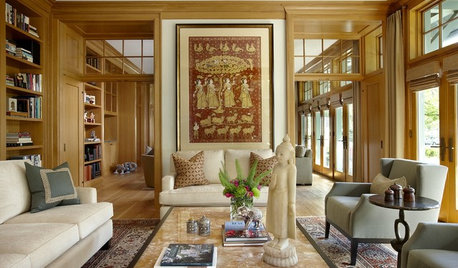
COLOR11 Terrific Paint Color Matches for Wood Details
Pair your wood trim and cabinets with the right shade of wall paint to bring out the beauty in both
Full Story
KITCHEN CABINETSChoosing New Cabinets? Here’s What to Know Before You Shop
Get the scoop on kitchen and bathroom cabinet materials and construction methods to understand your options
Full Story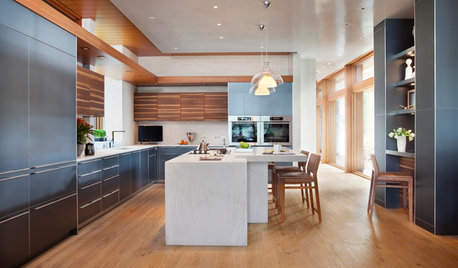
KITCHEN STORAGECabinets 101: How to Get the Storage You Want
Combine beauty and function in all of your cabinetry by keeping these basics in mind
Full Story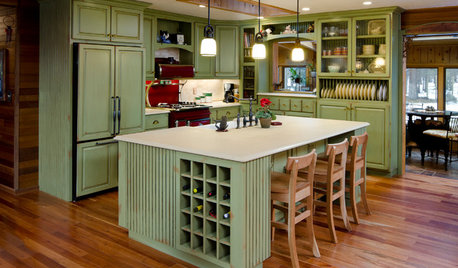
MOST POPULARHow to Reface Your Old Kitchen Cabinets
Find out what’s involved in updating your cabinets by refinishing or replacing doors and drawers
Full Story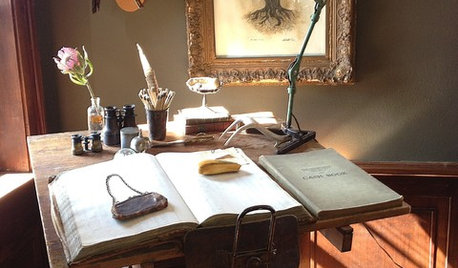
HOME OFFICESPhoto Flip: 95 Deskscape Dazzlers
Whether you work from home or just need a stylish space in which to pay the bills, these office spaces make the grade
Full Story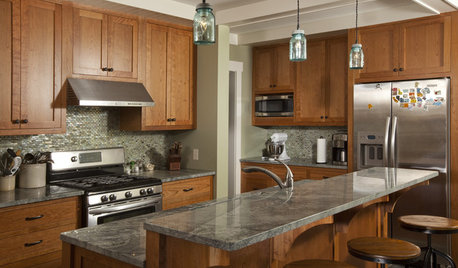
KITCHEN CABINETSCabinets 101: How to Choose Construction, Materials and Style
Do you want custom, semicustom or stock cabinets? Frameless or framed construction? We review the options
Full StoryMore Discussions







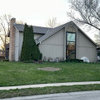

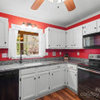
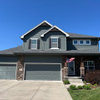
christopher_55934